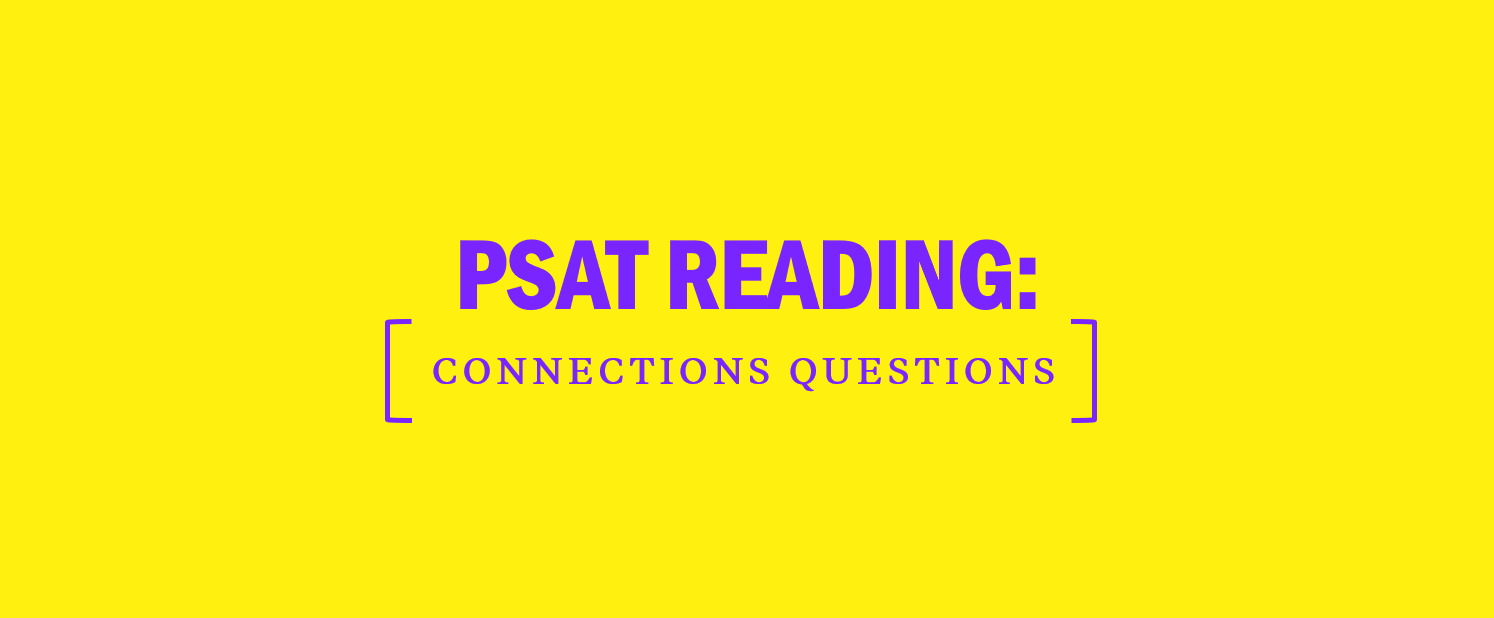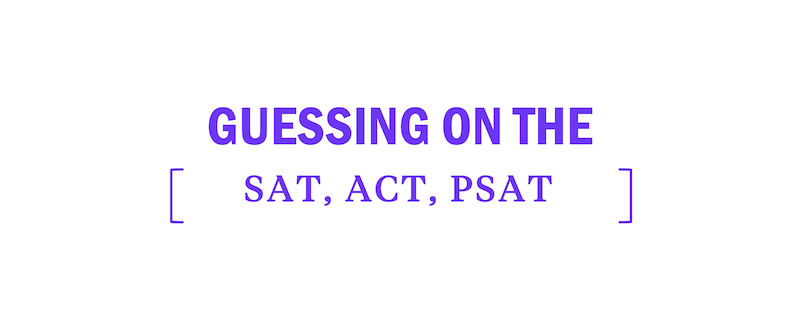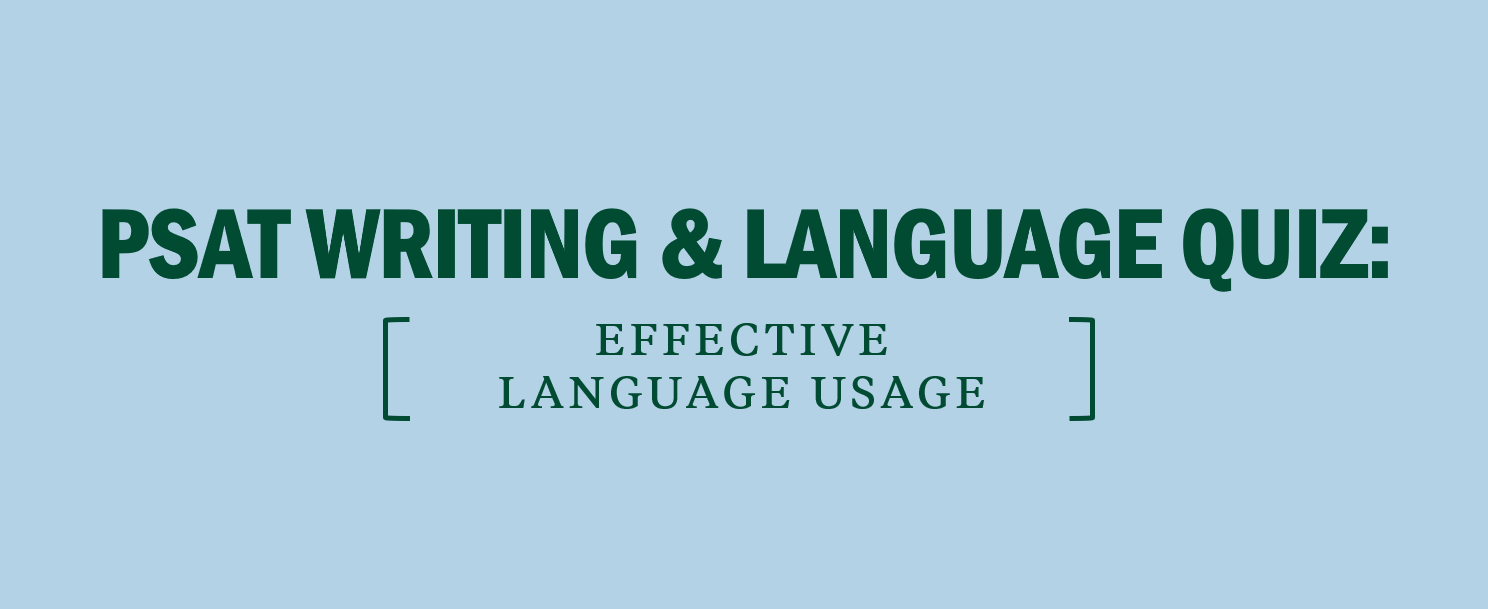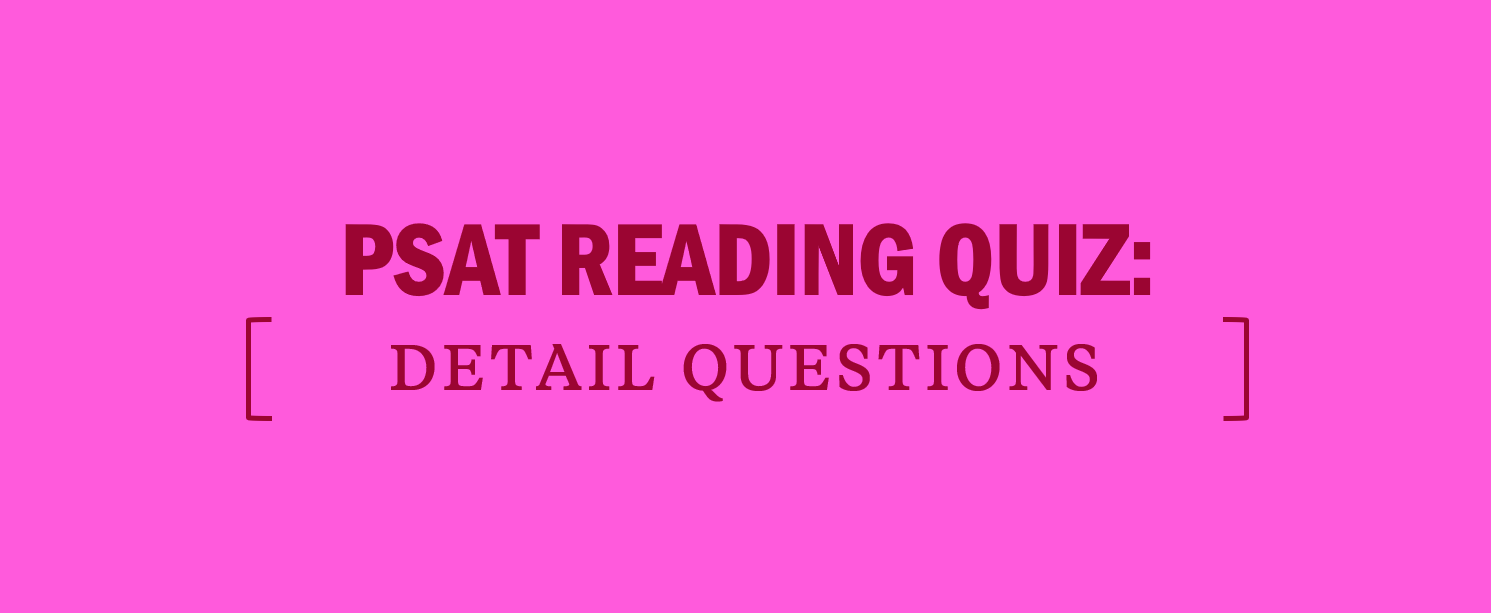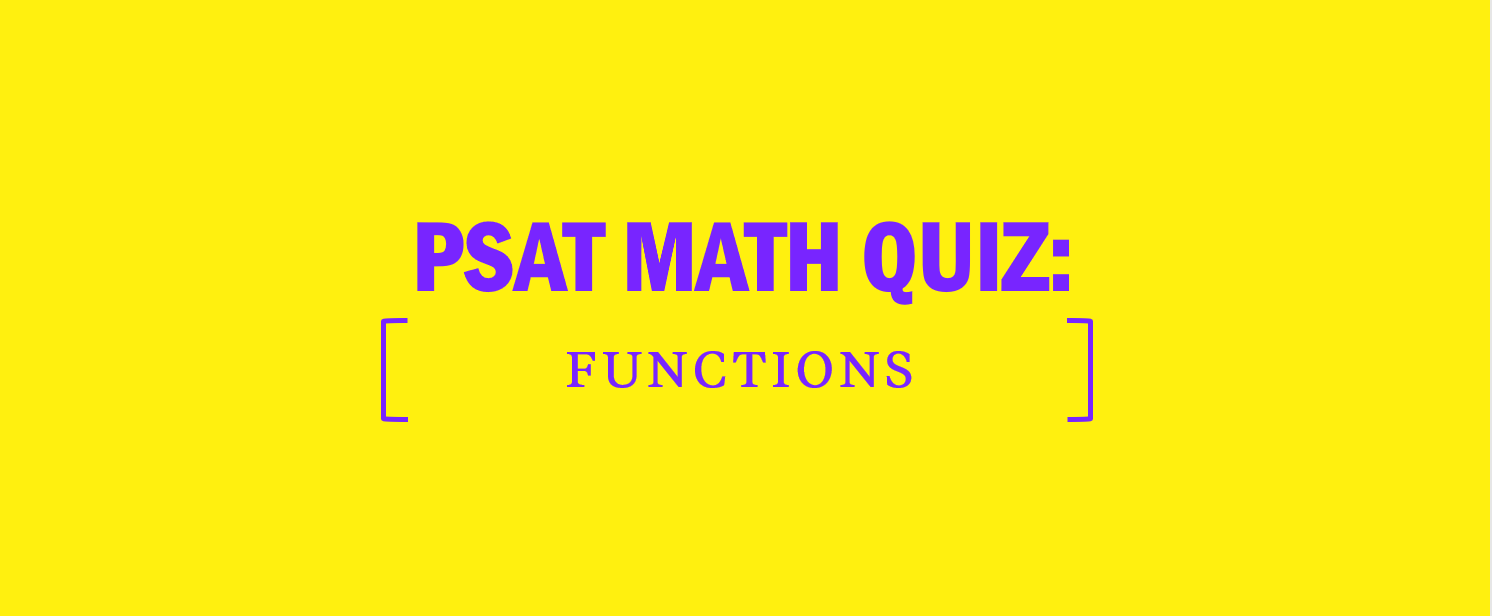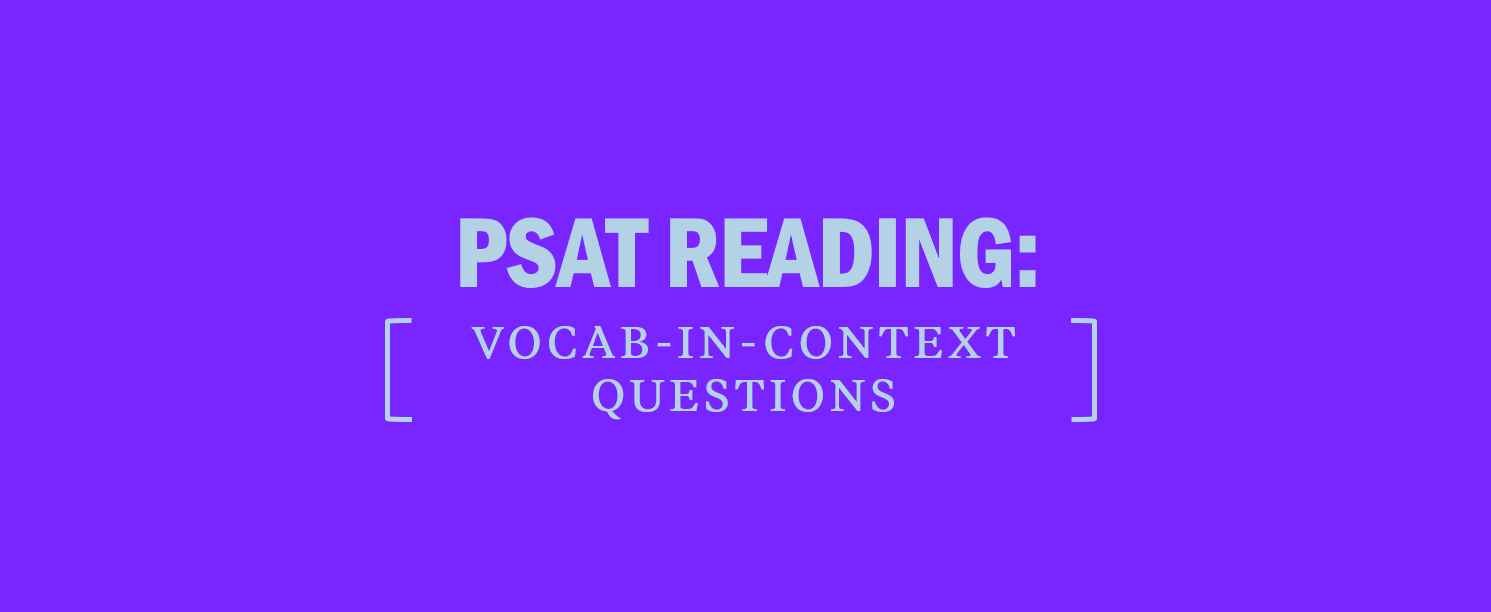PSAT Reading: Connections Questions
Before we jump into the specifics about inferring connections—explicit and implicit—let’s look at different kinds of connections that can exist in a PSAT Reading passage.
Connections questions ask about how two events, characters, or ideas are related. The three most common connection types are:
Explicit Connections Questions
Some Connections questions will ask about explicit information; the question stem will provide one part of the relationship and ask you to find the other part. In an explicit Connections question, the wording of the correct answer will be very similar to the wording of the passage.
Remember!
Don’t forget Step 2 of the Kaplan Method for Reading Comprehension: Examine the question stem.
Implicit Connections Questions
Questions about implicit connections, like those about explicit connections, ask you to identify how items are related. However, unlike explicit Connections questions, an implicit Connections question requires you to find a relationship that may not be directly stated in the passage.
When answering Implicit Connections questions, describe the relationship being tested in your own words by using keywords such as because, although, and in order to.
Expert Tip
Eliminating answer choices that are clearly wrong will help you answer even the toughest Implicit Connections questions correctly.
Previous: PSAT Reading: Global and Command of Evidence Practice Questions
Next: PSAT Reading: Vocab-in-Context Questions

